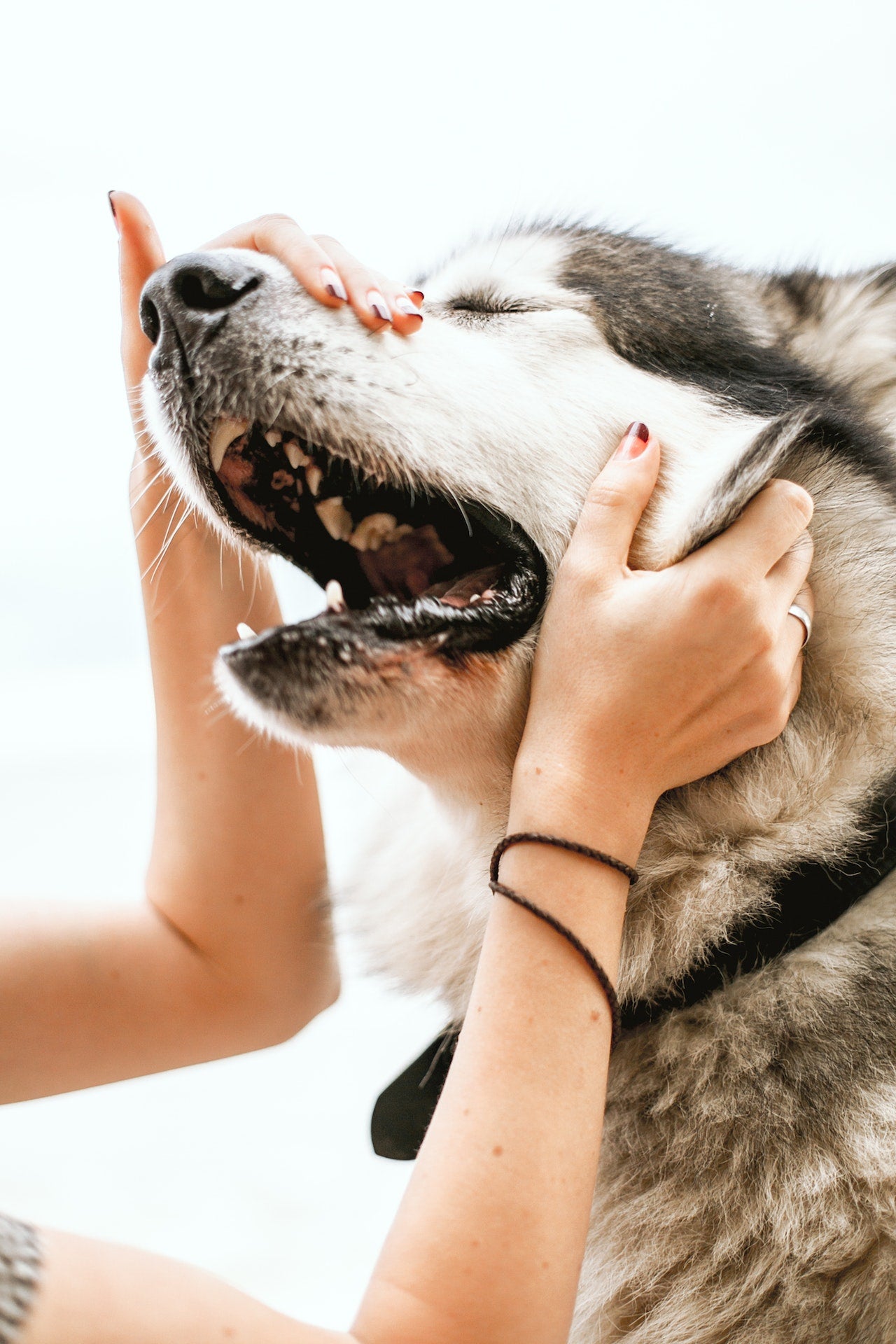
A dog's tail is an important part of their body that serves a variety of purposes, including communication, balance, and expression of emotions. Dogs use their tails to convey messages to other animals and humans, and their ability to control their tail is a crucial part of their communication system.
Can dogs control their tail?
Yes, dogs have voluntary control over their tails and can move them to convey different messages. The degree of control that a dog has over their tail depends on a variety of factors, including their breed, age, and individual personality.

Factors associated with dogs moving their tails:
Dogs use their tails to communicate a variety of emotions and messages to other dogs and humans. Understanding the factors that can impact a dog's tail movement can help owners better interpret their behavior and strengthen their relationship with their furry companions.
Emotions
One of the most significant factors that affect a dog's tail movement is their emotions. Dogs use their tails to express a wide range of emotions, from happiness and excitement to fear and anxiety. When a dog is happy or excited, their tail will typically be wagging vigorously. On the other hand, when a dog is scared or anxious, their tail may be tucked between their legs.
Breed
Different dog breeds have different tail shapes and lengths, which can impact their ability to control their tail movement. For example, breeds with long, thin tails, such as Greyhounds and Whippets, may have less control over their tail movements than breeds with shorter, more rigid tails, such as Corgis and Bulldogs.
Age
A dog's age can also play a role in their ability to control their tail movement. Puppies may have less control over their tails than adult dogs, as they are still developing their motor skills and learning how to control their body. As dogs age, they may also experience decreased muscle control and mobility, which can impact their ability to move their tail.
Personality
Individual dogs may have different levels of control over their tails based on their personality and temperament. Some dogs may be more expressive with their tails, while others may be more reserved. For example, a dog with a naturally friendly and outgoing personality may wag their tail more often and more vigorously than a dog with a more reserved personality.
Health
A dog's health can also impact their ability to move their tail. For example, dogs with certain medical conditions, such as arthritis or spinal injuries, may have difficulty moving their tail. In some cases, dogs may also experience pain or discomfort in their tail, which can cause them to hold it in a certain position or move it less frequently.
In conclusion, several factors can impact a dog's ability to control their tail movement, including their emotions, breed, age, personality, and health. By understanding these factors, dog owners can better interpret their pet's behavior and provide the care and attention they need to stay happy and healthy.
If a dog is unable to move its tail, it can be a sign of a medical condition or injury that requires veterinary attention. Some of the potential causes of a dog's inability to move its tail include:
- Tail injury: A tail injury can occur due to a variety of reasons, such as being hit by a car, getting caught in a door, or being bitten by another animal. If a dog's tail is injured, it can cause swelling, pain, and reduced mobility.
- Nerve damage: Nerve damage can occur due to trauma, infection, or degenerative conditions. If the nerves in a dog's tail are damaged, it can cause loss of sensation and movement in the tail.
- Spinal cord injury: A spinal cord injury can cause paralysis or weakness in a dog's hind legs, tail, or both. If a dog is unable to move its tail and also exhibits difficulty walking or standing, it could be a sign of a spinal cord injury.
- Infection or inflammation: Infections or inflammation in the tail can cause pain, swelling, and reduced mobility. Tail infections can occur due to bacterial or fungal infections or parasites.
- Cancer: In rare cases, tumors can develop in a dog's tail, which can cause pain, swelling, and reduced mobility. If a dog is unable to move its tail and also exhibits other symptoms, such as weight loss or lethargy, it could be a sign of cancer.
If a dog is unable to move its tail, it is important to take them to a veterinarian for a thorough examination. The veterinarian may perform diagnostic tests, such as X-rays or blood tests, to determine the underlying cause of the tail mobility issues. Depending on the cause, treatment options may include medication, surgery, or physical therapy.
In conclusion, if a dog is unable to move its tail, it is important to seek veterinary attention promptly to determine the underlying cause and provide appropriate treatment. With proper care and attention, many dogs can recover from tail injuries or other conditions and regain their mobility.
Other consideration
There are some other considerations to keep in mind regarding a dog's ability to control their tail. These include:
- Breed differences: Some dog breeds have naturally shorter or longer tails, which can affect their ability to move them. For example, some breeds such as Corgis and Bulldogs have short tails that may be difficult to move, while other breeds such as Greyhounds and Whippets have long, thin tails that are more flexible.
- Tail docking: Tail docking is the practice of removing a portion of a dog's tail for cosmetic or medical reasons. If a dog's tail has been docked, it may affect their ability to move their tail or communicate with other dogs through tail wagging.
- Behavioral cues: Dogs use their tails as a form of communication to express their emotions and intentions. A wagging tail can indicate happiness or excitement, while a tucked tail can indicate fear or anxiety. It is important for dog owners to be familiar with their dog's behavioral cues and body language to better understand their needs and emotions.
- Tail injuries: Even if a dog can move their tail, they may still be experiencing pain or discomfort if their tail is injured. It is important to monitor a dog's behavior and seek veterinary attention if they exhibit signs of pain or discomfort.
Concluding words
In conclusion, a dog's ability to control their tail can vary depending on various factors such as breed, tail docking, behavioral cues, and tail injuries. While some dogs may have a natural ability to move their tail, others may have difficulty due to physical limitations or injury. As a responsible dog owner, it is important to be aware of these factors and seek veterinary attention if there are any concerns about a dog's tail mobility or behavior. Understanding a dog's body language and behavioral cues can also help improve communication and strengthen the bond between a dog and their owner.



